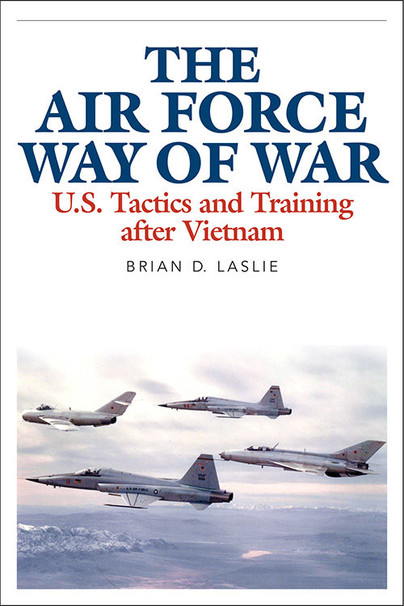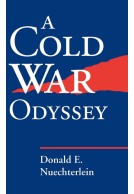The Air Force Way of War (Hardback)
U.S. Tactics and Training after Vietnam
Imprint: University Press of Kentucky
Pages: 260
Illustrations: 16 b&w photos, 1 table
ISBN: 9780813160597
Published: 23rd June 2015
Script Academic & Professional
Pages: 260
Illustrations: 16 b&w photos, 1 table
ISBN: 9780813160597
Published: 23rd June 2015
Script Academic & Professional
Please note this book may be printed for your order so despatch times may be slightly longer than usual.
You'll be £36.00 closer to your next £10.00 credit when you purchase The Air Force Way of War. What's this?
+£4.99 UK Delivery or free UK delivery if order is over £40
(click here for international delivery rates)
Order within the next 4 hours, 19 minutes to get your order processed the next working day!
Need a currency converter? Check XE.com for live rates
(click here for international delivery rates)
Order within the next 4 hours, 19 minutes to get your order processed the next working day!
Need a currency converter? Check XE.com for live rates
On December 18, 1972, more than one hundred U.S. B-52 bombers flew over North Vietnam to initiate Operation Linebacker II. During the next eleven days, sixteen of these planes were shot down and another four suffered heavy damage. These losses soon proved so devastating that Strategic Air Command was ordered to halt the bombing. The U.S. Air Force's poor performance in this and other operations during Vietnam was partly due to the fact that they had trained their pilots according to methods devised during World War II and the Korean War, when strategic bombers attacking targets were expected to take heavy losses. Warfare had changed by the 1960s, but the USAF had not adapted. Between 1972 and 1991, however, the Air Force dramatically changed its doctrines and began to overhaul the way it trained pilots through the introduction of a groundbreaking new training program called "Red Flag."
In The Air Force Way of War, Brian D. Laslie examines the revolution in pilot instruction that Red Flag brought about after Vietnam. The program's new instruction methods were dubbed "realistic" because they prepared pilots for real-life situations better than the simple cockpit simulations of the past, and students gained proficiency on primary and secondary missions instead of superficially training for numerous possible scenarios. In addition to discussing the program's methods, Laslie analyzes the way its graduates actually functioned in combat during the 1980s and '90s in places such as Grenada, Panama, Libya, and Iraq. Military historians have traditionally emphasized the primacy of technological developments during this period and have overlooked the vital importance of advances in training, but Laslie's unprecedented study of Red Flag addresses this oversight through its examination of the seminal program.
Other titles in University Press of Kentucky...















